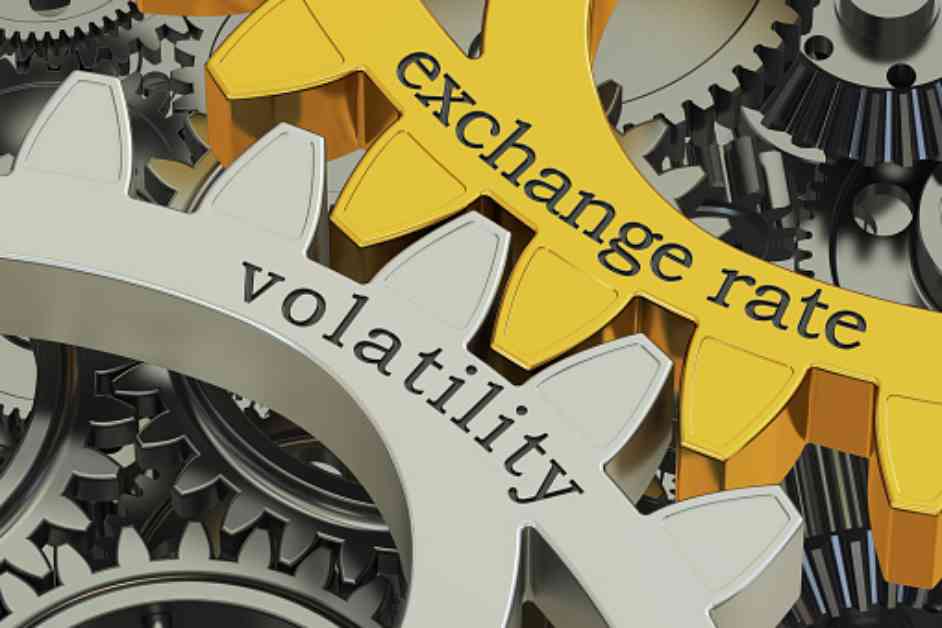The recent data from Eurostat has shown a rise in inflation in the Eurozone countries, reaching 2.6% in May. This increase in consumer prices led to a slight hope among euro bulls that the European Central Bank (ECB) would slow down the rate cut. However, business activity statistics in the Eurozone suggest that further rate reductions are needed to support the economy.
In Germany, a key player in the European economy, the PMI index in the manufacturing sector declined in June, while the services sector also showed a decrease. Overall, Eurozone statistics were not very encouraging, with PMI indices falling below expectations.
On the other hand, the US private sector continues to show growth, with PMI indicators surpassing analysts’ expectations. The Fed’s monetary policy report also garnered significant interest, influencing the EUR/USD pair to end the week at 1.0691.
Looking ahead, there are important events expected from the USA in the coming week, including the US Consumer Confidence Index and bank stress test results. Additionally, data on US GDP and jobless claims will be released, providing further insights into the economic landscape.
In the UK, consumer inflation data remained stable, leading the Bank of England to keep the key interest rate unchanged at 5.25%. Despite positive retail sales data and a slight increase in the manufacturing PMI, the pound faced challenges in recouping losses against the dollar.
The analysts’ forecast for the pound remains neutral, with a split between expectations of the currency strengthening or weakening. Technical analysis indicates a dollar advantage in the GBP/USD pair, with support and resistance levels identified for potential price movements.
As for USD/JPY, the Bank of Japan’s rate hike chances are close to zero, given the country’s economic challenges and low inflation rates. Efforts to strengthen the yen through currency interventions and debt obligations are being explored to support the economy.
In the cryptocurrency market, contrasting forecasts from influencers like Peter Schiff and Michael Saylor highlight the uncertainty surrounding digital assets. While concerns about a market crash persist, analysts anticipate a bullish cycle for bitcoin, with price targets set at $200,000 by 2025.
Amidst these developments, Artificial Intelligence analysis of bitcoin’s whitepaper has identified shortcomings in the cryptocurrency’s concept, including issues related to security, anonymity, scalability, and regulatory challenges. As the market continues to evolve, awareness of these factors will be crucial for investors and stakeholders.
Overall, the economic landscape in the Eurozone, UK, US, Japan, and cryptocurrency markets reflects a mix of challenges and opportunities, shaping the outlook for various currencies and assets in the near future. Investors and analysts will closely monitor upcoming data releases and policy decisions to navigate the evolving financial landscape.








